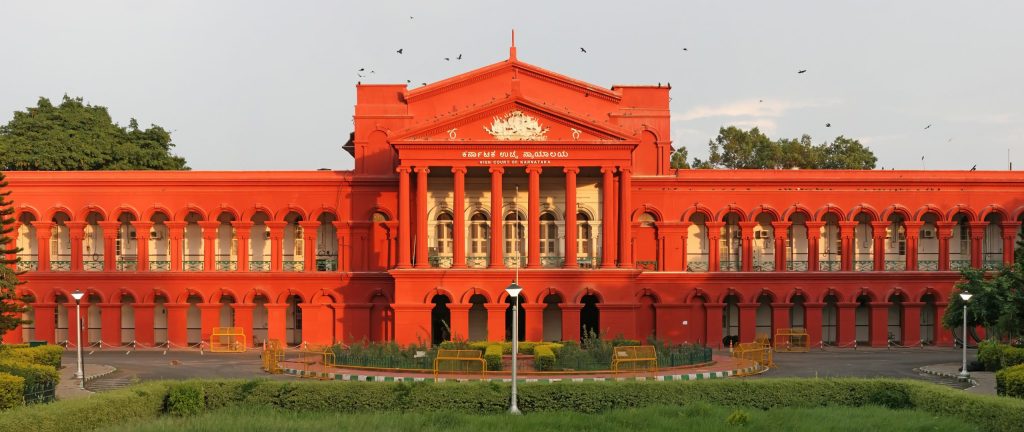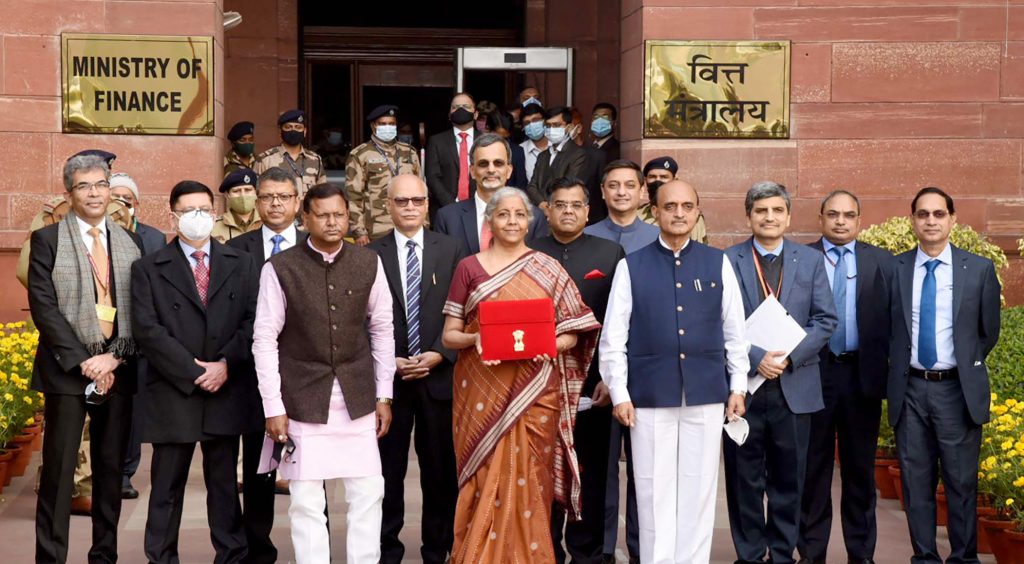Now Reading: Niti Ayog Health Index: Kerala tops list whereas Uttar Pradesh performance worst, See detailed report here
-
01
Niti Ayog Health Index: Kerala tops list whereas Uttar Pradesh performance worst, See detailed report here
Niti Ayog Health Index: Kerala tops list whereas Uttar Pradesh performance worst, See detailed report here
The general concept of acquiring the National Institution for Transforming India (Niti) Aayog was to reinforce the establishments of cooperative federalism. However, not many have understood the value of making another authoritative institution like this, and this absence of comprehension has eclipsed the respectable objectives set by the element. Since its creation on January 1, 2015, it has attempted various endeavors to channelise the States to act in a way that generally advances government intrigue. It is intended to fill in as an futuristic asset focused on diminishing the hole amongst policymakers and researchers. It should present great quality scrutinization and assessment of the current and past strategies of the Government. In the past administrations, States had not been effectively associated with the policy formation process under the Planning Commission.[1]
The Niti Ayog Health Index report ranks states and Union territories innovatively on their year-on-year incremental change in health outcomes, as well as, their overall performance with respect to each other. The report was released jointly by the CEO, NITI Aayog; Amitabh Kant, Secretary, Ministry of Health & Family Welfare; Preeti Sudan and World Bank India Country Director, Junaid Ahmad. It is the first attempt to establish an annual systematic tool to measure and understand the heterogeneity and complexity of the nation’s performance in Health. The report has been developed by NITI Aayog, with technical assistance from the World Bank, and in consultation with the Ministry of Health and Family Welfare (MoHFW)
The unavoidable trends going on with regards to power since Narendra Modi assumed responsibility at the Center have displaced civil servants, as well as organizations once viewed as key pillars of administration in the nation. Among the huge moves of the administration was to transfer to history the six decades old Planning Commission, and to introduce NITI Aaayog in its place. Prior this month, the NITI Aayog’s regulating committee held its first official meeting.[2]
Kerala topped among the bigger states on general health performance whereas Uttar Pradesh appears at the bottom though it has shown big improvement in the recent past. in ‘performance in health outcome index’ published by Niti Aayog on Friday.
Punjab and Uttar Pradesh positioned second and third among 21 substantial states assessed on the grounds of different health markers, for example, neonatal death rates, under-five death rate, full inoculation scope and institutional child-births.
The Index, with all its limitations given uneven data availability, hopes to make a difference here by encouraging a competitive approach for potentially better outcomes. For instance, with political will, it should be possible for Odisha to bring down its neonatal mortality rate, estimated to be the highest at 35 per thousand live births — worse than Uttar Pradesh. A dozen States with shameful under-five mortality rates of over 35 per 1,000 live births may feel the need for remedial programmes. What the Index shows for the better-performing States such as Kerala and Tamil Nadu is that their continuous improvements have, overall, left little room to notch up high incremental scores, but intra-State inequalities need to be addressed.
Jharkhand, J&K and UP are top three positioning States as per yearly incremental implementation. “It is also important to rank states on the basis of the improvement they have achieved,”[3] said Amitabh Kant, CEO, Niti Aayog, while publishing the report.
The following health report on states performance will be published in June this year and local health clinics too would be graded, Kant stated.
“We would take out the ranking of 730 district hospitals based on their performance. We want to encourage the good performers and name and shame those who don’t,”[4] he said.
Among small-sized states, Mizoram was positioned first followed by Manipur on general health performance, while Manipur followed by Goa were the best positioned states in yearly incremental implementation.
Created by Niti Aayog, with specialized help from the World Bank, and in meeting with the Health Ministry, the states and UTs have been graded on their year-on-year incremental change in results of public health and in addition their general implementation in comparison to each other.
The Health Index report notes that while States and UTs that start at lower levels of development are generally at an advantage in notching up incremental progress over States with high Health Index scores, it is a challenge for States with high Index scores to even maintain their performance levels. For example, Kerala ranks on top in terms of overall performance but sees the least incremental change as it had already achieved a low level of Neonatal Mortality Rate (NMR) and Under-five Mortality Rate (U5MR) and replacement level fertility, leaving limited space for any further improvements.
However, the incremental measurement reveals that about one-third of the States have registered a decline in their performance in 2016 as compared to 2015, stressing the need to pursue domain-specific, targeted interventions. Common challenges for most States and UTs include the need to focus on addressing vacancies in key staff, establishment of functional district Cardiac Care Units (CCUs), quality accreditation of public health facilities and institutionalization of Human Resources Management Information System (HRMIS). Additionally, almost all Larger States need to focus on improving the Sex Ratio at Birth (SRB).
Linking this Index to incentives under the National Health Mission by the Ministry of Health and Family Welfare underlines the importance of such an exercise. The report also notes that rich learnings have emerged in the first year and these will guide in refining the Index for the coming year and also address some of the limitations. It notes that there is an urgent need to improve data systems in the health sector, in terms of terms of representativeness of the priority areas, periodic availability for all States and UTs, and completeness for private sector service delivery. This Index is expected tonudge States towards further achieving a rapid transformation of their health systems and population health outcomes.
Having the capacity to meet the objectives with regards to the economic sustainability over the coming decade depends significantly on the States’ accomplishment. However, medicinal services isn’t a standard political issue in India, and scarcely impacts electoral outcomes. The List, with each of its constraints, given unavailability of proper information, plans to have a change here by empowering a focused approach for possibly better results. For example, with political favour and support, it ought to be workable for Odisha to cut down its neonatal death rate, evaluated to be the leading state at 35 for every thousand live births — more terrible than Uttar Pradesh. Twelve States with disgraceful under-five death rates of more than 35 for every 1,000 live births may feel the requirement for projects related to public health. What the List presents for the better-performing States, for example, Kerala and Tamil Nadu is that their consistent changes have, in general, left very little space to achieve high incremental scores, yet intra-state dissimilarities should be tended to.
Recently, after the declaration of a National Health Protection Scheme in the Union Budget, the Index utilizes indicators, for example, institutional child-births, methodical recordings of tuberculosis, access to drugs for individuals with HIV/AIDS, vaccination levels and out-of-pocket costs. The twin goals are to enhance access to treatments and medications on these and different parameters, and raise the standard of information regarding public health, inclusive of the data from private sector, to facilitate thorough evaluations. In the meantime, as NITI Aayog highlights, information on other important areas, for example, non-transmittable infections, emotional wellbeing, administration frameworks and financial insurance do not have the required coherence to constitute a portion of a decent composite index. Both the Center and the States have the responsibility to increase their expenditure on well-being in accordance with their financial plans, to be more goal-oriented in interventions. While the National Health Protection Scheme might have the capacity to address a portion of the money related issues with respect to the poor health, it will make methodological advancement to prevent such situations and take essential care to accomplish higher scores in the Index.
“As the experience from countries in the West and now even other developing economies shows, socialization of medicine with a reliance on taxation to fund basic programmes is the bedrock of a good health system. If the NITI Aayog Health Index leads to a mainstreaming of health on these lines, that would be a positive outcome.”[5]
See Detailed Report by Niti Ayog here: Click here to Download Health_index_report
References:
[1] The Pioneer, ‘Niti Aayog’S Mandate’ (The Pioneer, 2018) <http://www.dailypioneer.com/columnists/edit/niti-aayogs-mandate.html> accessed 14 February 2018.
[2] ‘Health Index’ (Social.niti.gov.in, 2018) <http://social.niti.gov.in/health-index> accessed 14 February 2018.
[3] Scroll Staff and Scroll Staff, ‘Kerala Tops Health Index, Uttar Pradesh Takes Bottom Spot In NITI Aayog Report’ (Scroll.in, 2018) <https://scroll.in/latest/868133/kerala-tops-health-index-uttar-pradesh-takes-bottom-spot-in-niti-aayog-report> accessed 14 February 2018.
[4] Jatin Gandhi, ‘Kerala Tops NITI Aayog Health Index, Uttar Pradesh Worst Performer’ (https://www.hindustantimes.com/, 2018) <https://www.hindustantimes.com/india-news/kerala-tops-niti-aayog-health-index-uttar-pradesh-worst-performer/story-6rnGW1dxezkj6gucqhIIhP.html> accessed 14 February 2018.
[5] ‘States Of Health: On NITI Aayog’S First Health Index’ (The Hindu, 2018) <http://www.thehindu.com/opinion/editorial/states-of-health/article22724049.ece> accessed 14 February 2018.
Author:
Swagata Banerjee
Campus Ambassador, Legal Media & Publications
Student, BBA LL.B, National Law University Odisha.











